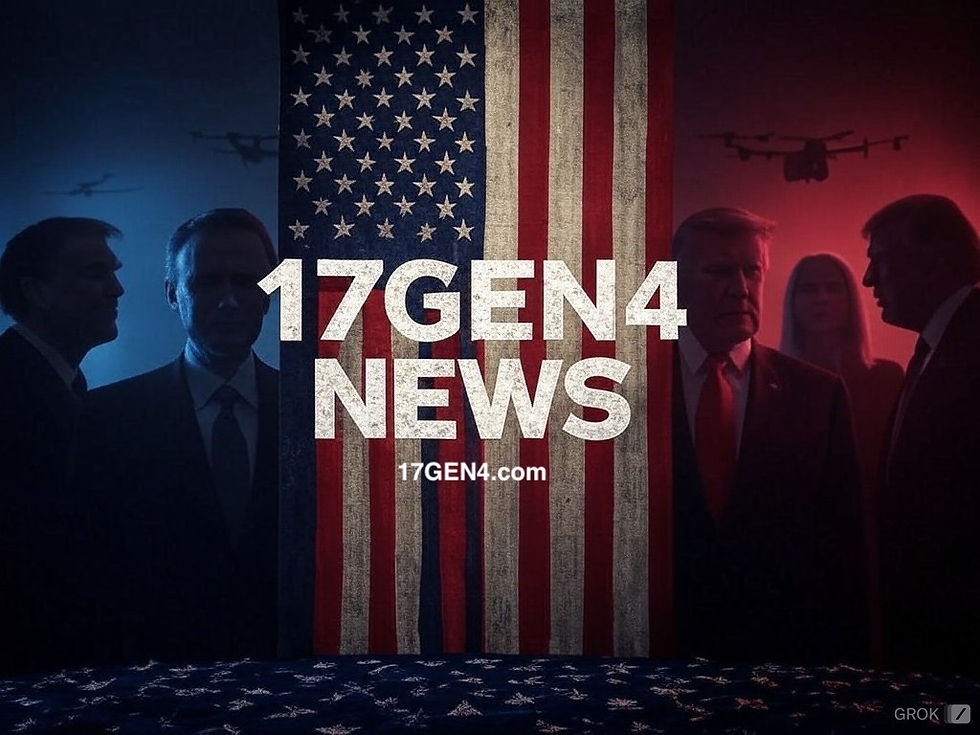aurora
- AI Art

- Sep 29, 2023
- 4 min read
Nature has a way of captivating our hearts and minds, but few phenomena match the ethereal beauty and mesmerizing allure of the aurora. Also known as the Northern Lights (aurora borealis) in the Northern Hemisphere and the Southern Lights (aurora australis) in the Southern Hemisphere, the aurora is a celestial light show that paints the night sky with vibrant hues and dancing patterns. In this article, we will embark on a journey to unravel the enigmatic beauty of the aurora, exploring its origins, scientific explanations, cultural significance, and the profound impact it has on our collective imagination.
The aurora is a natural phenomenon that occurs in the polar regions of the Earth, near the magnetic poles. It is a result of the interaction between charged particles from the Sun, the Earth's magnetic field, and the atmosphere. When charged particles, primarily electrons and protons, emitted by the Sun's corona during solar storms, collide with atoms and molecules in the Earth's upper atmosphere, they excite the particles and release energy in the form of light.
The colors of the aurora are determined by the types of gases in the Earth's atmosphere and the altitude at which the collisions occur. Oxygen atoms at high altitudes produce green and red auroras, while oxygen molecules at lower altitudes emit yellow and red colors. Nitrogen molecules create blue and purple hues. The combination of these colors creates a dazzling display of vibrant curtains, arcs, and ribbons of light dancing across the sky.
The occurrence of the aurora is closely linked to solar activity, specifically solar flares and coronal mass ejections (CMEs). When the Sun experiences a solar flare or releases a large amount of charged particles in a CME, a stream of high-energy particles is propelled towards the Earth. If these particles interact with the Earth's magnetic field, they can be funneled toward the polar regions, where they collide with the atmospheric particles, giving birth to the enchanting display of the aurora.
The Arctic and Antarctic regions provide the perfect stage for this celestial spectacle. The polar latitudes, closer to the Earth's magnetic poles, offer optimal conditions for viewing the aurora. Clear, dark skies, free from light pollution, enhance the visibility and impact of the lights, creating a truly awe-inspiring experience for those fortunate enough to witness them.
The cultural significance of the aurora is deeply rooted in the communities that have lived in the polar regions for centuries. Indigenous peoples, such as the Inuit in the Arctic and the Sami in the Nordic countries, have rich cultural narratives surrounding the aurora. For them, the lights are often seen as spirits, ancestors, or mythical creatures, and the appearance of the aurora is believed to hold spiritual or supernatural significance. The lights have inspired folklore, storytelling, and artistic expressions, becoming an integral part of their cultural identity.
Beyond its cultural significance, the aurora has also captured the imagination of people worldwide. The enchanting display of lights has inspired artists, writers, and scientists, fueling creativity and curiosity. Paintings, poems, and songs have been created to capture the mesmerizing dance of colors in the night sky. The aurora's beauty has also found its way into popular culture, appearing in films, literature, and even advertising campaigns, serving as a symbol of wonder and magic.
Scientific research on the aurora has provided valuable insights into the Earth's magnetic field, solar-terrestrial interactions, and the dynamics of our planet's atmosphere. The study of the aurora, known as aurorology, has led to advancements in our understanding of plasma physics, magnetospheric dynamics, and space weather. Researchers utilize ground-based observatories, satellite imagery, and scientific instruments to monitor and analyze the aurora, contributing to our knowledge of the complex relationship between the Sun, Earth, and space environment.
The aurora not only captivates our senses but also offers a humbling reminder of the vastness and interconnectedness of our universe. It serves as a reminder of the delicate balance between the Earth, the Sun, and the cosmic forces at play. The aurora's ephemeral nature reinforces the transient and ever-changing nature of our world, urging us to appreciate the present moment and the beauty that surrounds us.
For those fortunate enough to witness the aurora firsthand, it is an experience that leaves an indelible mark on the soul. The sheer magnitude of the lights, the serene silence of the polar night, and the feeling of being connected to something greater than oneself evoke a sense of wonder and awe. The aurora's otherworldly presence brings a sense of calm and reflection, reminding us of the sublime beauty that exists beyond the boundaries of our everyday lives.
The aurora stands as a testament to the awe-inspiring beauty and power of nature. Its vibrant colors, mesmerizing movements, and cultural significance have enchanted humanity for centuries. Whether viewed as a scientific phenomenon, a spiritual experience, or a source of artistic inspiration, the aurora ignites our curiosity, expands our understanding of the universe, and fills our hearts with a sense of wonder. As we gaze upon the dancing lights, we are reminded of the mysteries that lie beyond our earthly existence and the profound interconnectedness of all things in the cosmic tapestry of life.
Upload and sell your AI art.
Automated print on demand drop ship order processing directly to customers.
You set the price and get paid when your work is purchased.
Click here to get started.
FREE AI image generator included. Create, Post and sell AI art all on one platform.
__________

Comments